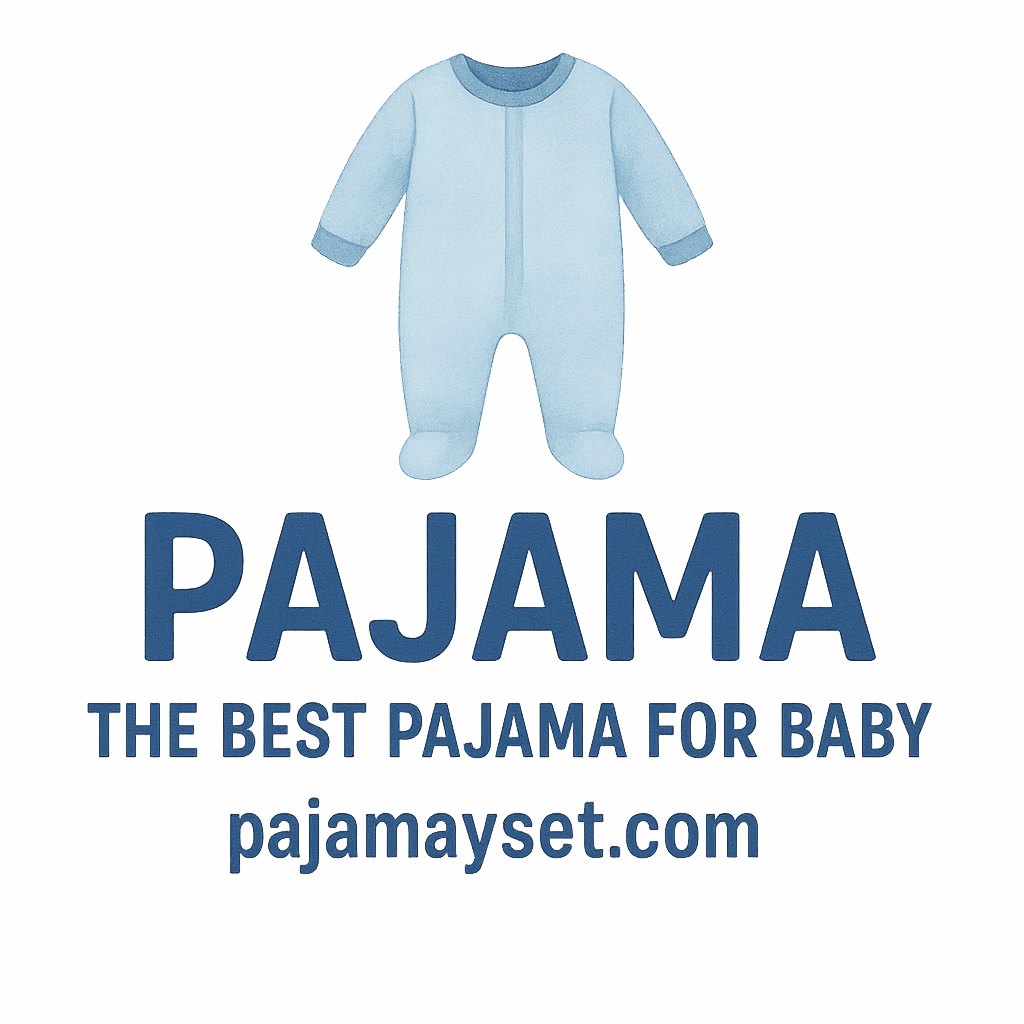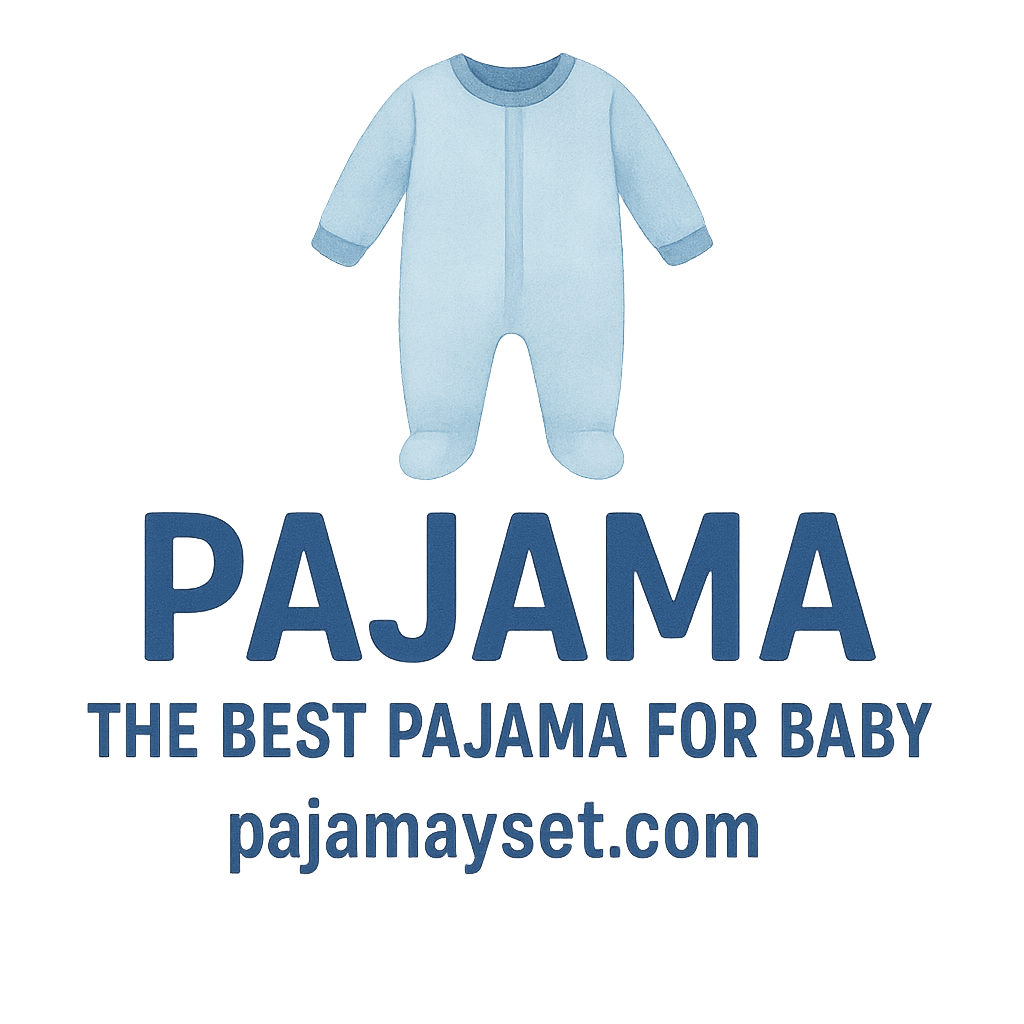Introduction
When it comes to caring for a newborn, one of the most important (and often overlooked) elements is choosing the right pajamas. While they may seem like a small detail in the grand scheme of baby essentials, the wrong pair of pajamas can impact your baby’s sleep, comfort, and even safety. As a parent, ensuring your little one has a good night’s sleep means paying attention to more than just cuteness. Today, we’ll dive into the top 10 pajama buying mistakes you should avoid when shopping for newborns.
Why Pajamas Matter for Newborns
Newborns spend a significant amount of time sleeping. Since babies’ skin is so sensitive, their clothing needs to provide both comfort and protection. The right pajamas ensure that your newborn stays comfortable all night long without irritation. Also, newborn pajamas should help regulate their body temperature while avoiding any discomfort or safety hazards. So, let’s avoid these common mistakes to make sure you’re buying the best pajamas for your baby.
Mistake 1: Ignoring the Fabric Quality
One of the most critical aspects of newborn pajamas is the fabric. Many parents opt for pajamas based solely on design, but the fabric quality should always be a priority. Not all fabrics are suitable for delicate newborn skin, and the wrong material could cause discomfort or even skin rashes.
Understanding Different Pajama Fabrics
Cotton is often the go-to choice for baby clothing because it is soft, breathable, and gentle. Bamboo fabric is another excellent option that’s naturally hypoallergenic and moisture-wicking. On the other hand, synthetic fabrics like polyester may not breathe as well and can cause overheating, making them unsuitable for newborns. Learn more about Pajama Materials to ensure the best choice for your baby.
Soft Fabrics for Sensitive Skin
Babies with sensitive skin can react badly to certain materials. When buying pajamas, look for fabrics specifically designed for babies with sensitive skin, such as organic cotton or bamboo. The right fabric will be soft, breathable, and gentle, helping prevent rashes and irritation. For more guidance, check out Sensitive Skin Pajamas.
Mistake 2: Choosing the Wrong Size
Buying pajamas that are too big or too small can have a significant impact on your newborn’s comfort. Pajamas that are too tight may restrict your baby’s movements and cause discomfort, while pajamas that are too loose could pose a suffocation hazard or lead to bunching, making them unsafe.
Newborn Pajama Sizing Guide
Pajamas typically come in sizes based on the baby’s age or weight. While newborn size (0-3 months) should be suitable for most babies, always double-check the size charts. If your baby is on the larger side, you might want to go up one size to ensure comfort and room for movement. Explore sizing tips in our Buying Reviews section.
Common Sizing Issues to Avoid
It’s essential to avoid pajamas that are either too tight or too loose. Overly tight pajamas can be uncomfortable and make diaper changes harder, while loose pajamas could be a safety hazard during sleep.
Mistake 3: Overlooking Pajama Safety Features
When buying newborn pajamas, safety should always be your top priority. Many pajamas feature buttons, zippers, and decorative items that could pose choking hazards if they fall off or become loose. Always ensure the pajamas you choose have no small parts that could pose a risk.
Buttons, Zippers, and Other Details
Check for secure buttons and zippers that don’t open easily. Snap closures are often a safer option for newborns, as they can be more securely fastened. Additionally, make sure the zippers are covered at the top to avoid irritation or pinching on your baby’s sensitive skin. Learn more about Baby Safety and how to keep your baby safe.
Ensuring Pajama Safety with Design Features
A good pajama design should avoid any sharp objects, decorations, or items that could come loose. Always choose pajamas that are designed with safety in mind, without compromising on comfort or quality.
Mistake 4: Not Considering the Season and Weather
Newborns are particularly sensitive to temperature changes, and buying pajamas without considering the season or weather can lead to discomfort. Pajamas that are too warm in hot weather or too thin in cold weather can interfere with your baby’s ability to sleep peacefully.
Pajamas for Hot and Cold Weather
For warmer months, lightweight cotton pajamas or bamboo fabric are ideal because they’re breathable and moisture-wicking. In cooler months, opt for thicker fabrics like fleece or flannel that will help keep your baby warm without overheating. For more advice on seasonal pajama options, visit Seasons & Weather.
Seasonal Considerations for Newborn Pajamas
For year-round comfort, consider investing in different pajamas for different seasons. Make sure to have lighter options for summer and warmer ones for winter.

Mistake 5: Forgetting About Easy Diaper Changes
Newborns need frequent diaper changes, and it’s crucial that their pajamas are designed for quick and easy access. If a pajama design makes it difficult to change a diaper, it can create unnecessary stress for both you and your baby.
Zippers vs. Buttons
Zipper pajamas often provide the quickest access for diaper changes, while buttons can be more time-consuming. Some pajamas have a combination of both, allowing you to open the bottom half for easy diaper changes while keeping the top secure. For more details on diaper-friendly options, check Pajama Designs.
Pajamas Designed for Convenience
Look for pajamas with snap closures or zippers that open from the bottom, making diaper changes a breeze. This design helps keep the baby comfortable without disrupting their sleep.
Mistake 6: Choosing Fashion Over Function
It’s easy to get caught up in adorable designs, but remember, the comfort and functionality of the pajamas should always come first. Pajamas that look cute but are uncomfortable can lead to a restless night for your baby.
Balancing Comfort with Design
While it’s tempting to buy the most fashionable pajamas, don’t sacrifice comfort for aesthetics. Ensure that the design supports your baby’s need for unrestricted movement and warmth.
Safety First, Fashion Second
Remember, safety should always come before fashion. Cute patterns are great, but make sure the pajamas are functional and safe before worrying about the design. Check Expert Recommendations for additional tips.
Mistake 7: Not Paying Attention to Pajama Fit for Movement
Your newborn’s pajamas should allow freedom of movement. Babies spend a lot of time stretching, wiggling, and kicking, so pajamas that are too tight or restrictive can be uncomfortable.
Room to Grow
Look for pajamas with some stretch to them. Pajamas with an elastic waist or those made from stretchy materials can accommodate your baby’s growing body.
Pajamas for Active Newborns
Choose pajamas that allow your baby to move freely and comfortably, whether it’s during playtime or sleep.
Mistake 8: Buying Pajamas Without Checking for Allergens
Allergies are common in newborns, and certain fabrics or dyes can irritate sensitive skin. Make sure the pajamas you buy are free from harsh chemicals and dyes that could cause allergic reactions.
Hypoallergenic Pajamas
Look for organic cotton or other hypoallergenic fabrics that are gentle on your newborn’s skin. Avoid pajamas with synthetic materials, as they may contain chemicals that could trigger skin allergies. Check out Choking Hazards and Safe Materials for more info.
Chemical-Free Pajamas
For the safest option, look for pajamas that are certified organic or made from natural fabrics that are free from harmful chemicals.
Mistake 9: Failing to Check for Durability
Newborn pajamas need to withstand frequent washes, spills, and diaper leaks. If you choose low-quality pajamas, they could wear out quickly, requiring you to buy new ones sooner than expected.
Choosing Durable Fabrics
Look for fabrics that are durable and can stand up to repeated washing. Cotton and bamboo are both good options that remain soft and durable after multiple washes.
Pajamas That Stand the Test of Time
Check the stitching and seams to ensure they won’t unravel after several washes. Quality pajamas should last for several months before showing signs of wear.
Mistake 10: Overbuying Pajamas
While it’s tempting to stock up on a bunch of pajamas, your newborn doesn’t need as many as you think. Overbuying can lead to unnecessary clutter and spending.
How Many Pajamas Does Your Newborn Really Need?
You don’t need dozens of pajamas. 6 to 8 pairs should be more than enough, especially since newborns grow quickly.
The Cost of Buying Too Many Pajamas
Instead of overbuying, focus on high-quality pajamas that will last longer and can be used for multiple seasons. For more tips, explore Custom Pajama Designs.
Conclusion
Choosing the right pajamas for your newborn may seem daunting, but avoiding these 10 common mistakes will help ensure your baby sleeps soundly and safely. Remember to prioritize comfort, fabric quality, and safety features over design, and always consider your baby’s growth, comfort, and needs when making a purchase.
FAQs
1. How do I know if the fabric is suitable for my newborn?
Look for soft, breathable fabrics like cotton or bamboo. These materials are gentle on sensitive skin. You can learn more at Pajama Materials.
2. What size should I buy for my newborn?
Refer to the size chart on the pajama set, but make sure the pajamas allow for some growth. Check Buying Reviews for more insights.
3. Are pajamas with buttons safe for newborns?
Check if the buttons are securely fastened. Snap closures are often safer than traditional buttons. Learn more about Baby Safety.
4. Can I use the same pajamas for all seasons?
No, make sure to buy different pajamas for different seasons to keep your baby comfortable. Explore Seasons & Weather for options.
5. How often should I change my newborn’s pajamas?
Change pajamas every night or after a diaper leak to maintain cleanliness.
6. How do I choose pajamas for a newborn with sensitive skin?
Look for hypoallergenic, organic fabrics that are free from harmful chemicals. Visit Sensitive Skin Pajamas for more tips.
7. How many pajamas do I need for my newborn?
Around 6 to 8 pairs should be sufficient for your newborn’s first few months.


